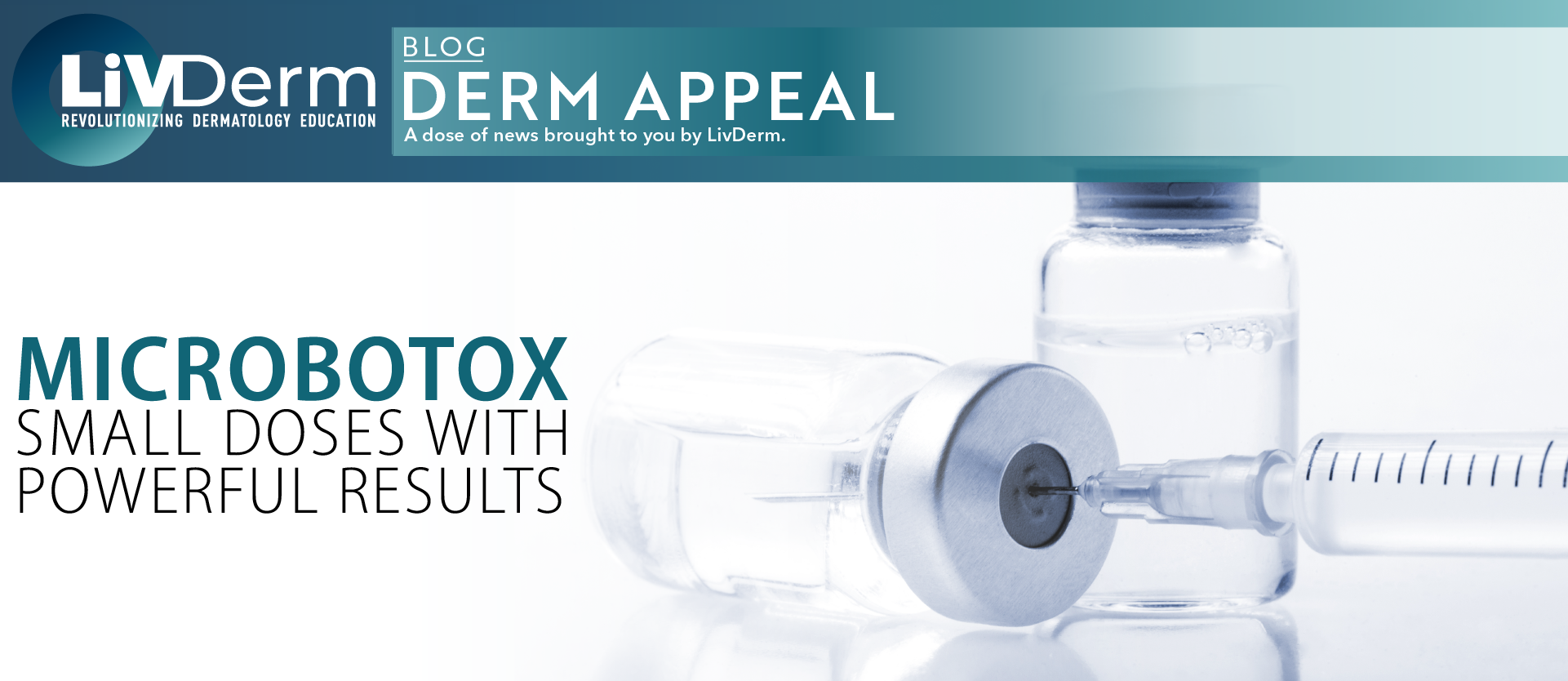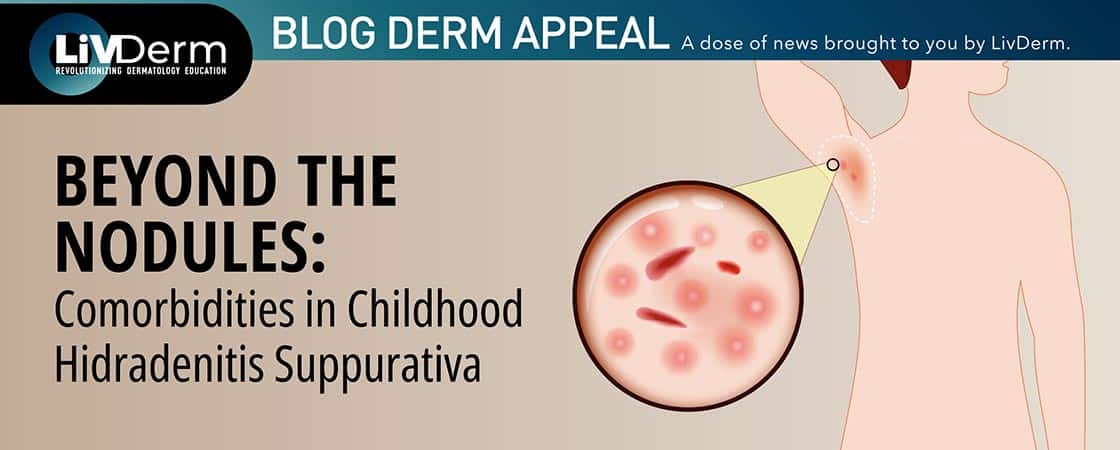Used in aesthetic medicine practice to create subtle smoothing results, microbotox, or the injection of multiple microdroplets of diluted onabotulinumtoxinA into the dermis has many potential dermatologic benefits. These include regulated sebum production, diminished facial flushing, decreased acne breakouts, and minimized pore size. However, as a relatively new cosmetic technique, microbotox has appeared in few studies and the extent of its efficacy and benefits is not yet known.
New research reports that the method may be safe and effective in the reduction of facial pore size while also improving skin texture and reducing skin oiliness, per emerging findings published in the Journal of Cosmetic Dermatology.
Microbotox Treatment of Facial Pores
A team of researchers aimed to evaluate the efficacy and safety of microbotox for the treatment of wide facial pores. In a prospective study of 35 patients, aged between 25 and 40, from an outpatient clinic in Egypt who had wide facial pores in varying severities; patients also had increased sebum production at presentation.
As part of the study, patients received one session of microbotox treatment, including multiple injections into the upper dermis at 1 cm apart. A 1 ml syringe of microbotox solution contained 20 units of botulinum toxin A per ml of solution and was designed to deliver up to 100 injections. All patients required only 1 mL syringe for their session.
Using a smartphone camera, researchers performed photographic assessments at baseline and every week for 1 month after treatment. Then, blinded dermatologists graded degree of clinical improvement in facial pore size using 0 to 4 Quartile improvement scale. Dermoscopic examination used to confirm improvements while the 1 to 5 Likert satisfaction scale used to measure patient satisfaction. Patient follow-up was conducted every 3 months for 1 year after initial treatment.
Cosmetic Results
Researchers reported an overall mean improvement in pore size following a single session of microbotox of 87.2%. Results of the Quartile improvement scale reported a score of 3.7 out of 4. Of the 35 total participants, 33 patients also reported experiencing decreased sebum production and improvements in skin texture which were confirmed with patient history and clinical and dermoscopic examination. At the end of trial, the mean patient satisfaction score was 4.7 out of 5; patients were mostly satisfied and very satisfied with the microbotox session and no serious or long-term adverse events were observed in the cohort.
The researchers concluded that “microbotox treatment is a simple, nonsurgical treatment with low risks and no downtime,” yet the therapy “usually lasts for about 6 months and needs to be repeated when necessary to maintain the desired effect.”
While the latest study’s results reveal that a single session of microbotox appears to be safe and effective in reducing pore size and improving skin texture, the trial’s limitations do not support the generalizability of its findings. Namely, the study had a small sample size and lacked a control group or comparative arm indicating the need for further evaluation of microbotox treatments on a larger scale.

















